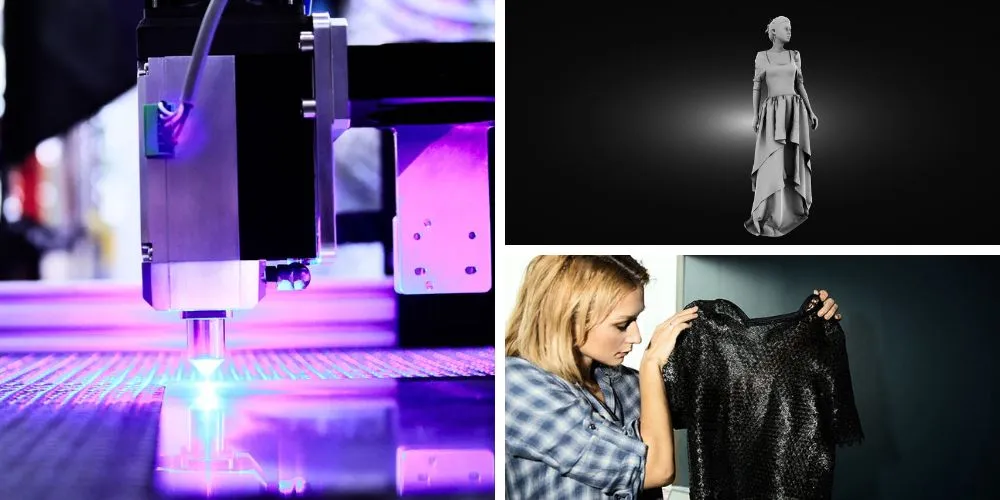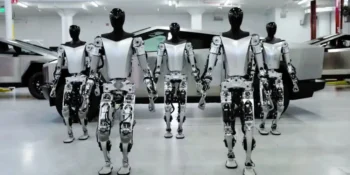Key Points
- 3D-printed clothes offer a sustainable alternative to traditional clothing production by minimizing waste and utilizing recycled materials.
- The technology allows for highly personalized, on-demand garments that fit individual preferences and body shapes, shifting away from mass production.
- 3D printing enables designers to experiment with intricate patterns, textures, and structures, creating previously impossible or impractical designs.
- 3D-printed clothes are expected to revolutionize the fashion industry, influencing how garments are designed, produced, and consumed.
In a transformative leap for the fashion industry, 3D-printed clothes are set to redefine how we think about apparel. This cutting-edge technology, which once seemed like science fiction, is now becoming a reality, offering a glimpse into the future of personalized, sustainable, and avant-garde fashion.
Traditionally, clothing manufacturing involves extensive material waste and often exploits resources. 3D printing, however, presents an eco-friendly alternative. By layering materials precisely to create garments, this technology minimizes waste, paving the way for a more sustainable approach to fashion. Using recycled materials in printing further aligns with the industry’s growing emphasis on environmental consciousness.
One of the most exciting aspects of 3D-printed clothes is the potential for unparalleled customization. Designers and consumers can envision and create bespoke garments that perfectly fit individual preferences and body shapes. This shift from mass production to on-demand manufacturing reduces excess inventory and empowers consumers to participate actively in the design process.
Moreover, 3D-printed clothes open doors to avant-garde and futuristic designs that were previously impractical or impossible to achieve with traditional methods. Designers are embracing the freedom this technology provides, experimenting with intricate patterns, textures, and structures that redefine the boundaries of fashion.
The technology’s impact extends beyond aesthetics and sustainability and addresses inclusivity issues. The ability to tailor clothing to specific body types ensures that fashion becomes more accessible to people with diverse shapes and sizes. This inclusivity aligns with the growing demand for representation and diversity in fashion. As 3D printing advances, the range of printable materials expands, enabling the creation of functional and durable clothing. From sportswear to high-end fashion, the technology’s versatility propels it into various niches within the industry.
While 3D-printed clothes are still emerging, their trajectory suggests a revolutionary shift in how we perceive, produce, and consume fashion. As technology evolves, it is expected that 3D printing will become more mainstream, influencing not only the clothes we wear but also the entire fashion ecosystem. This intersection of technology and couture marks a new era for an industry embracing innovation to meet the demands of a dynamic and conscious consumer base.










